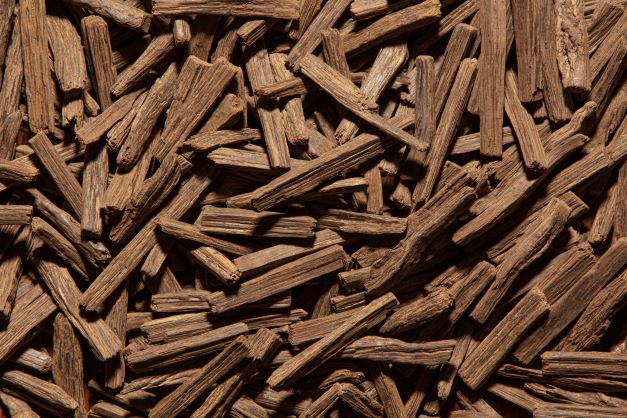
Sandalwood was once considered as an essential wellspring of Mysore state economy where the whole financial plan was reliant on it.
Despite the fact that India has been known for its sandalwood creation for quite a long time, it was to a great extent bound to the woods of South Indian states and the estates of these state governments. But later on a strategy change by the government in 2001 – 2002 permitted individuals to develop sandalwood. The Karnataka State Woods Office has changed the guidelines identified with sandalwood development to guarantee that there is no deficiency of sandalwood in the coming future. According to the proposed correction to the Karnataka Tree Act 1927, the timberland office permits people to unreservedly develop and claim sandalwood trees.
Presently, the private development of this valuable tree is quickly expanding. Authorities went through intensive assessment and came to a conclusion that sandalwood trees can be snipped in private proprietorship. Slashed down trees are shipped to the sandalwood warehouse and are unloaded for the auctions.
In the previous four years, 2,800 ha of agrarian land went under sandalwood development in Gujarat, Andhra Pradesh, Madhya Pradesh, Maharashtra and Uttarakhand, aside from Karnataka and Tamil Nadu.This figure is constantly increasing by 600 ha per year according to Institute of Wood Science and Technology (IWST), Bengaluru, a pioneering institute for sandalwood research. This will help revive the country’s lost glory in the sandalwood trade.
Marketplace for sandalwood –
- For its sweet smelling fragrant sandalwood is exceptionally valued internationally.
- The oil extracted from sandalwood is used in perfumes, cosmetics, aromatherapy and medicinal preparations.
- Sandalwood is an extremely precious element and is used for carving.
- Indian sandalwood consists of up to 6% oil and around 90% if α and β santalols (which is claimed to be the highest).
- Sandalwood is prevailing in the global business sectors. Ongoing fabrication of sandalwood across the world doesn’t satisfy the need which promoted an ascent in the sandalwood price.
Health benefits –
- Antiseptic- applying sandalwood oil externally can treat acne, sores and pimples.
- Natural relaxant – studies have shown that sandalwood oil relaxes nerves, muscles which cures spasms and contraction.
- Lowers Blood pressure – the presence of hypotensive agents in sandalwood helps in lowering blood pressure.
- Heals wounds – sandalwood portrays strong anti- bacterial, antiviral and antifungal properties.
- Enhanced Beauty – the antioxidant properties of sandalwood essential oils is extensively used in the healthcare industry.
Sandalwood cultivation is a highly profitable business which needs very minimal maintenance. If you are looking to invest in sandalwood cultivation, then you need the right climate, land, soil and irrigation system for the healthy growth of the trees. You must plan out the complete process in advance, in order to get high ROI (Return on Investment).
Climate requirements for sandalwood cultivation –
Sandalwood crop requires and grows well in hot humid climatic conditions. The ideal temperature for a sandalwood tree to grow is between 12° and 35° C.
Soil requirements for sandalwood cultivation –
Sandalwood can grow in well drained soils having good organic matter. However, red sandy loam soils are the best for its cultivation. Sandalwood grows better in slightly alkaline soil with pH ranging from 6.5 to 7.5.
Propagation of sandalwood –
Sandalwood can be propagated by the means of seed and vegetative propagation through tissue culture .
Irrigation requirements –
When it comes to water requirements irrigation should be provided at an interval of 2 to 3 weeks when the plants are puerile. Sandalwood doesn’t require any irrigation during the rainy season, but make sure to drain out the excess water from the tree basin.
Harvesting –
The sandalwood development benefit to a financial backer is colossal and it’s the solitary wood on the planet to be sold by weight. Its market value ranges between Rs. 3,000 and Rs. 7,000 for every kg, with the top-quality sandalwood some of the time sold at around Rs. 10,000 for each kg. When a sandalwood tree is eight years of age, the heartwood of the tree begins to shape and is fit to be gathered following 12 to a long time from planting. Both in the nearby and worldwide market, there is a tremendous interest in sandalwood. In this way, you make certain to get exceptional yields from sandalwood development.

Recent Comments